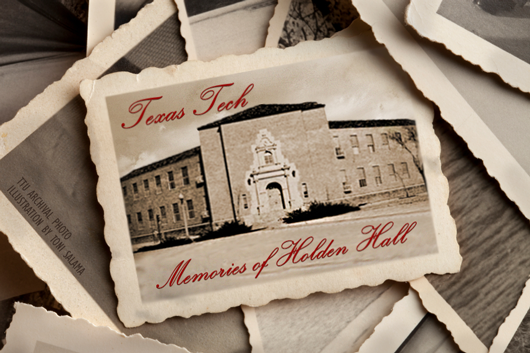From the Beginning: A Proud History

From the first year of its existence until today, Texas Tech has graduated more Arts & Sciences majors than those in other disciplines. Of the first class of 914 students who began study on Oct. 1, 1925, 595 majored in what was then called the division of Liberal Arts. Even though the main intent of Senate Bill 103 that created Texas Technological College was to provide instruction in technology and textile engineering, Texas Tech's founding President Paul Whitfield Horn always favored the expansion of the disciplines offered to include a strong focus in the arts and sciences.
President Horn's vision to encourage the growth of a liberal arts faculty in the early years set the tone for the growth of Texas Tech University throughout its first eight decades. Approximately 1,500 of the 4,300 students who graduate from the University each year earn a degree in one of the 120 degree programs offered through 16 departments that run the gamut from Anthropology to Zoology.
Horn himself was educated in the liberal arts tradition. He shocked several engineers on an early Board of Regents when he proclaimed, "I think there can be no difference of opinion concerning the fact that English is, in general, the single most important subject taught in our schools and colleges." Horn also understood the importance of an international perspective, having been superintendent of the American School in Mexico City early in his career. Thus, in 1935, the liberal arts division, later the School of Arts & Sciences, established a field course program in Mexico, which is noted today as the oldest continuous student field course program in the nation.
When Texas Technological College gained University status in 1969, the School of Arts & Sciences became the College of Arts & Sciences. At the time, then Dean Lorrin G. Kennamer wrote that "it is obvious that a university without a central focus of Arts & Sciences is not a University but a specialized school."
Paul Horn knew it well: A university exists not merely to train students in a vocation, but to equip them with the mental agility to think beyond the next technological breakthrough—the diversity of critical-thinking and creative problem-solving skills that are learned through the breadth and depth of disciplines within the College of Arts & Sciences.
![]()
College of Arts & Sciences
-
Address
Texas Tech University, Box 41034, Lubbock, TX 79409-1034 -
Phone
806.742.3831 -
Email
arts-and-sciences@ttu.edu
